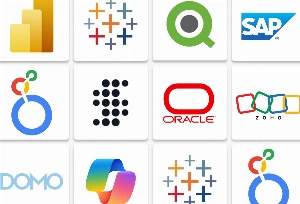Developing a web app or a website often requires the support of a reliable framework. In the world of frontend development, there are many old and new tools to choose from. However, to determine the right framework for your project’s needs, you should have a clear understanding of the merits and limitations of each.
Therefore, we compiled a list of the best frontend frameworks to choose from.
What Are Frontend Frameworks?
Let’s start with the definition of key terms.
A framework is a structure to build your software on. It serves as a foundation for implementing project-specific features and may include utility programs, scripting languages, code libraries, and other software that makes the development and maintenance processes easier.
Frontend stands for a graphical user interface of the software, in different words, it is a part of the software that users can interact with.
Consequently, a front-end framework is a basis for the development of frontend parts of the software.
Types of Solutions You Can Create with Frontend Frameworks
There are endless possibilities of how you can use frontend frameworks. Here are just some of the types of software you can create with frontend frameworks:

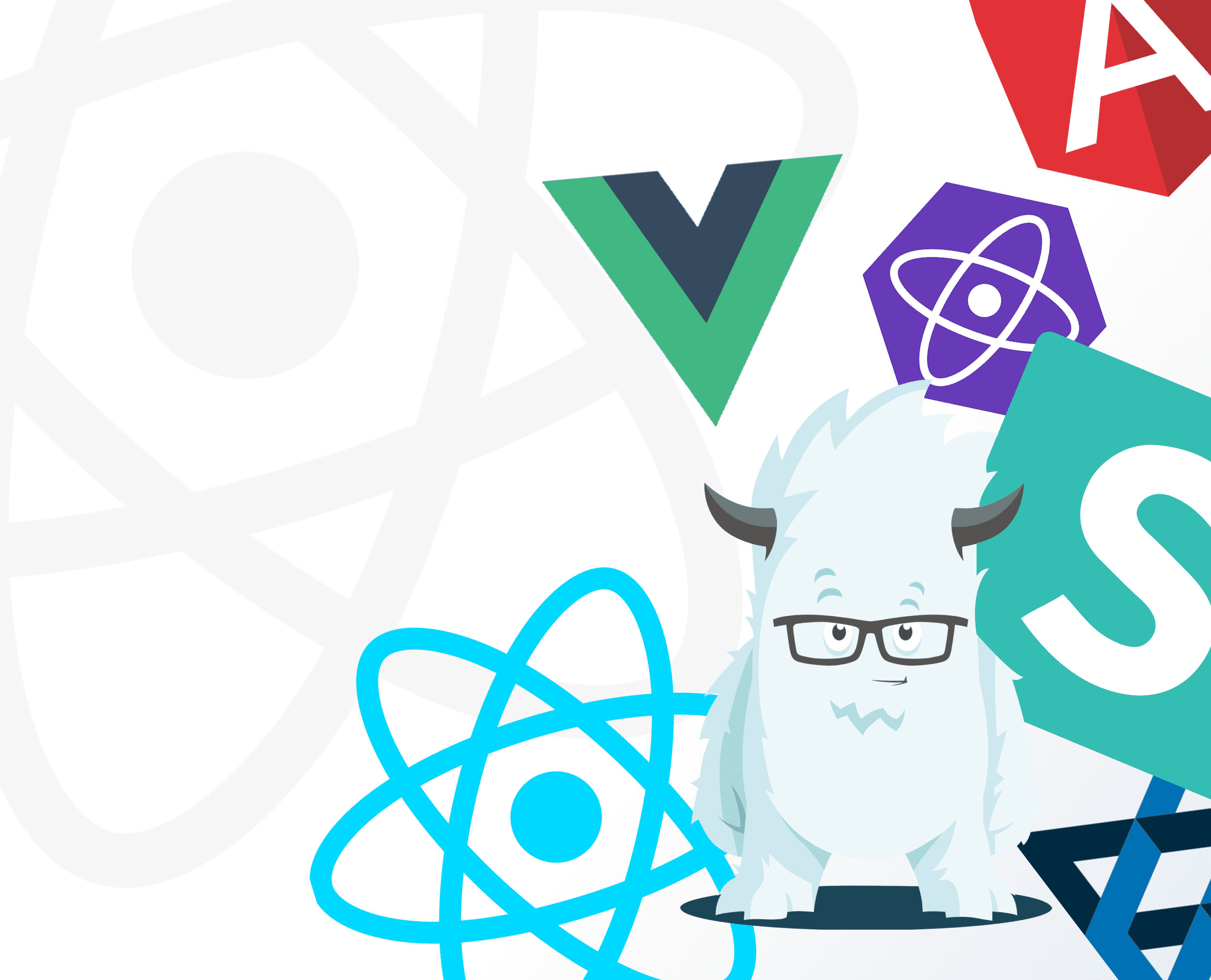


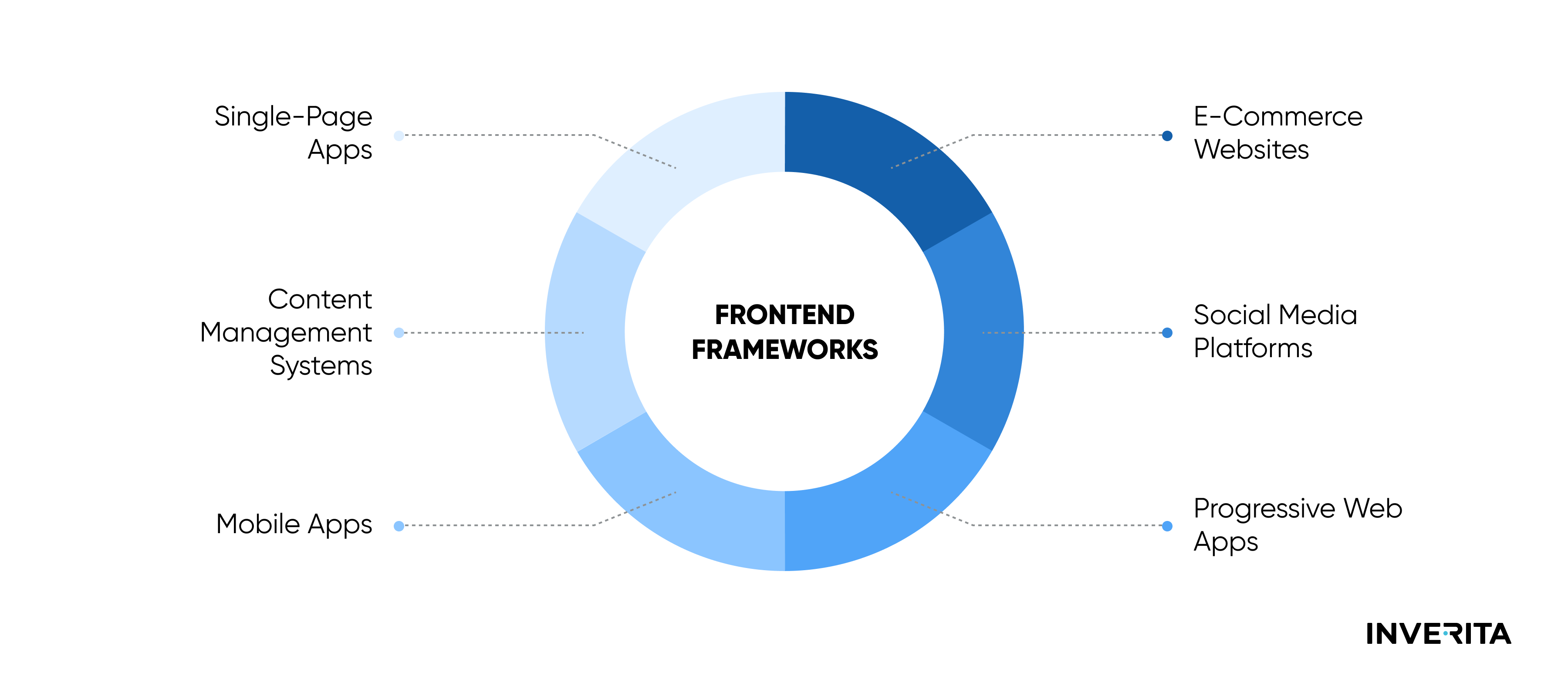
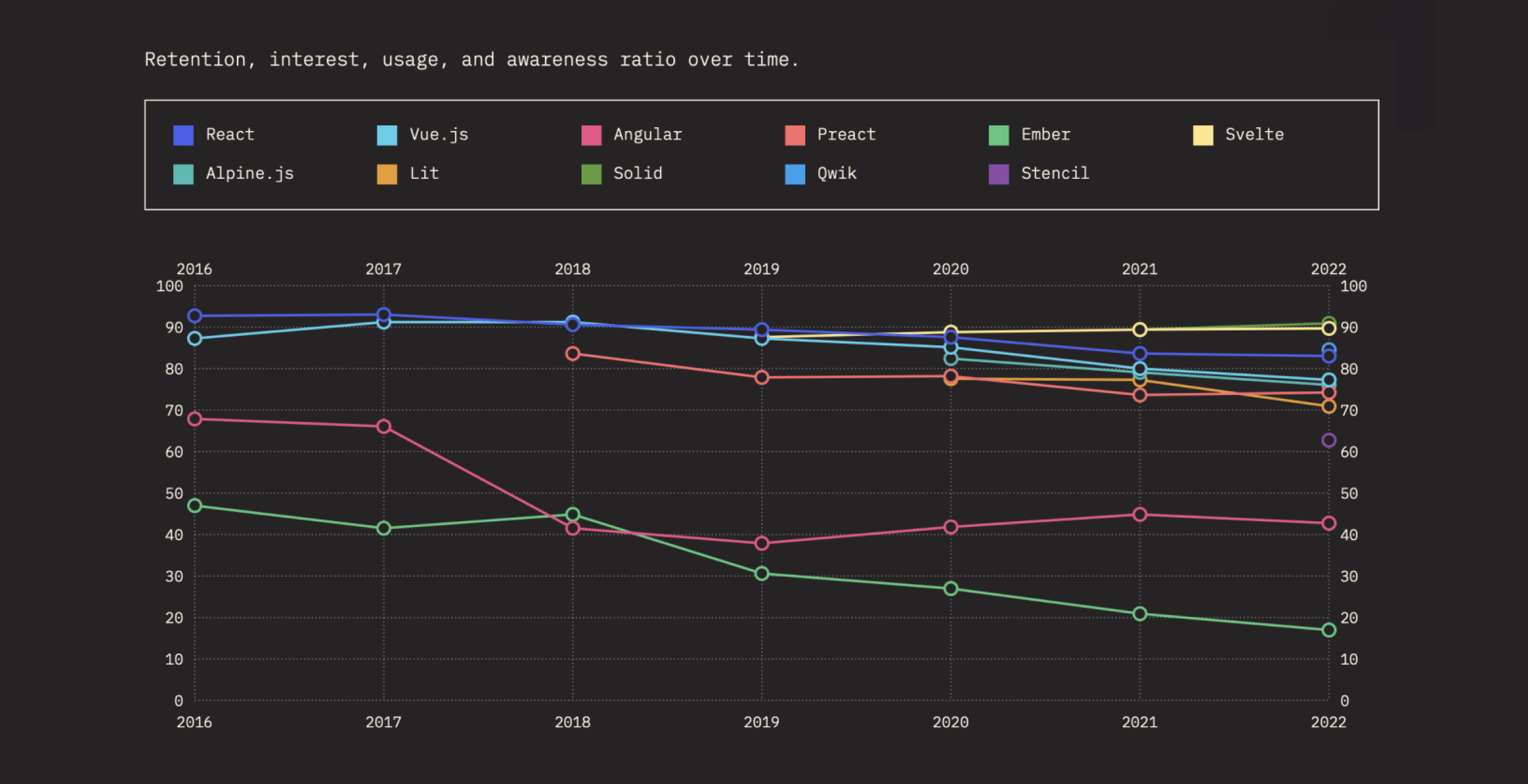
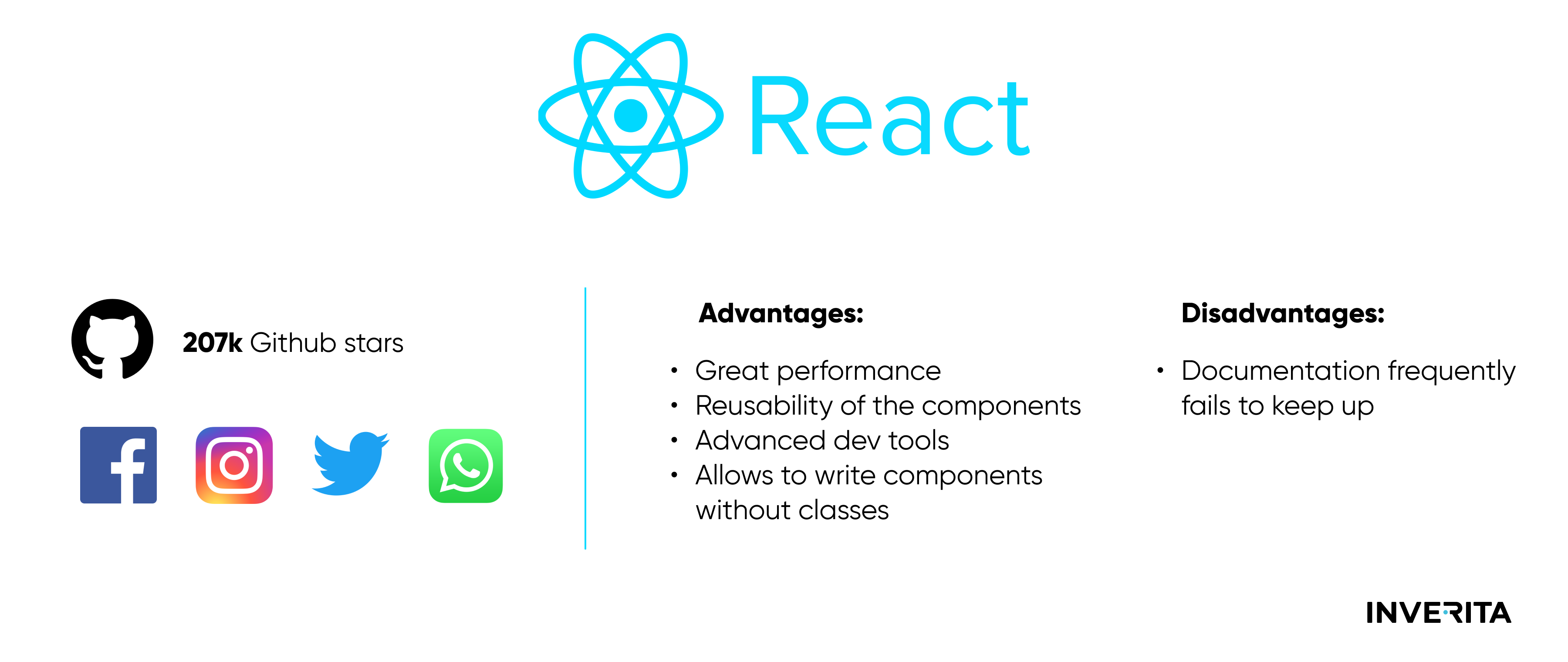
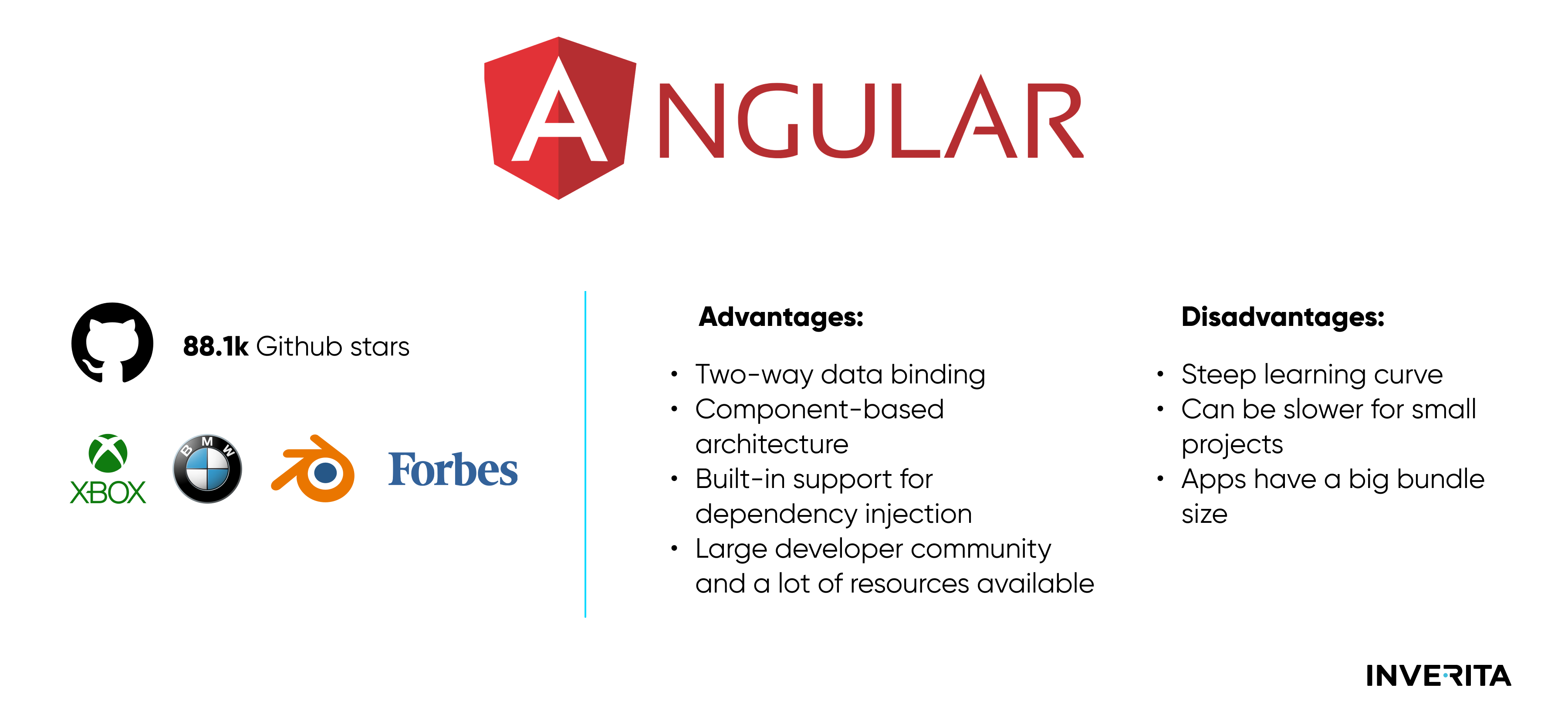
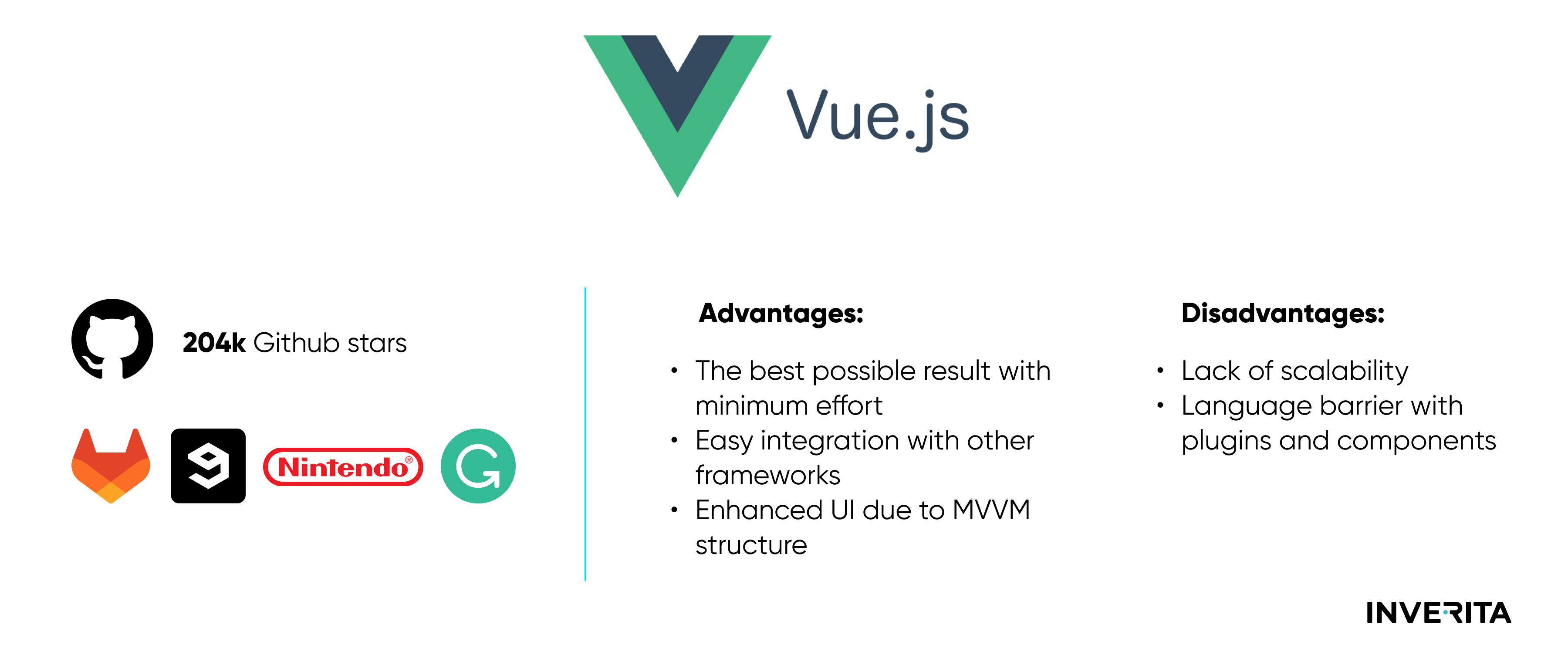
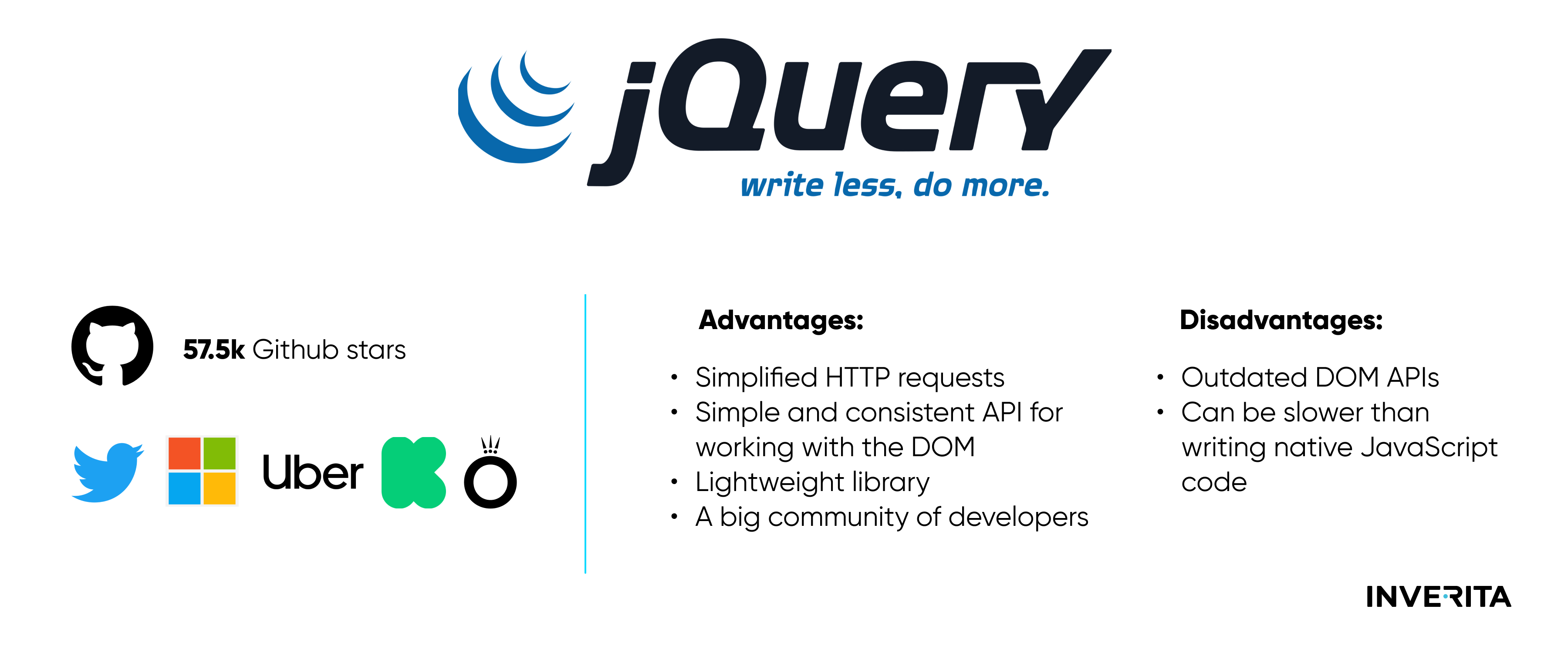
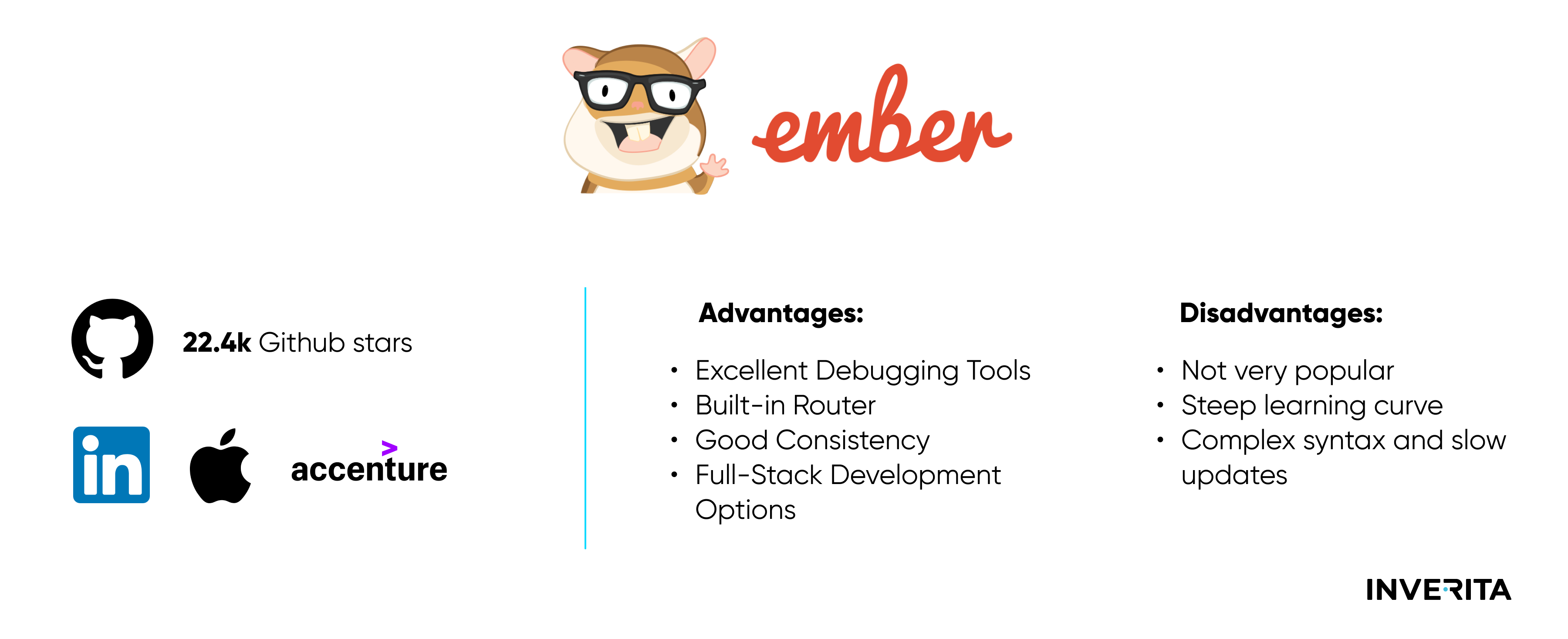
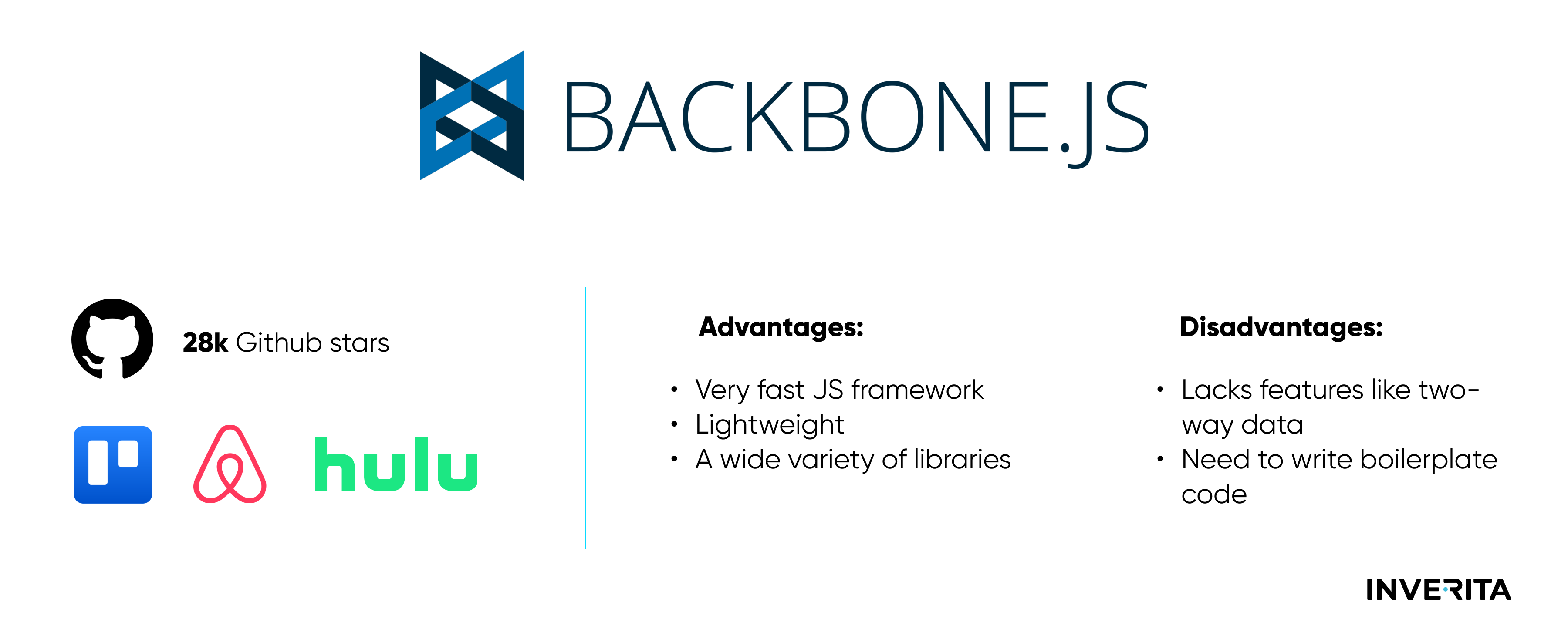

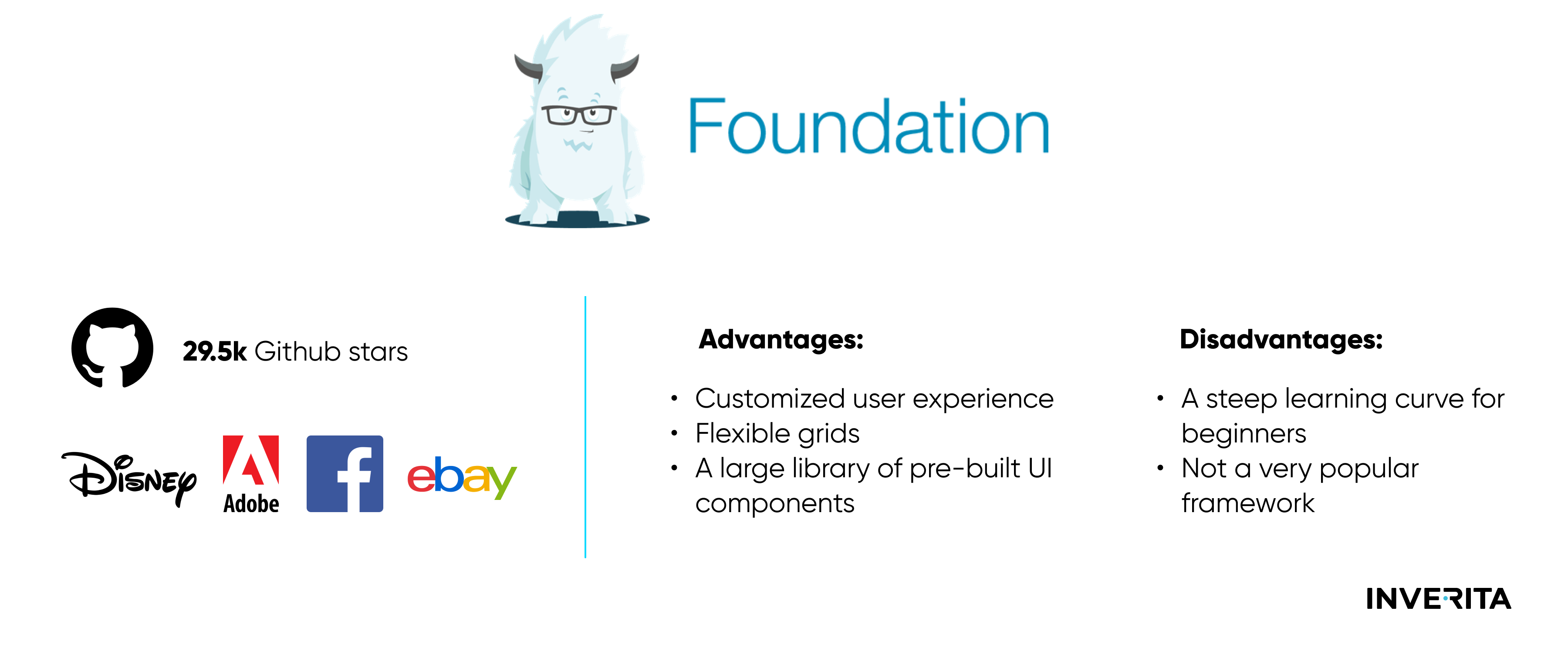
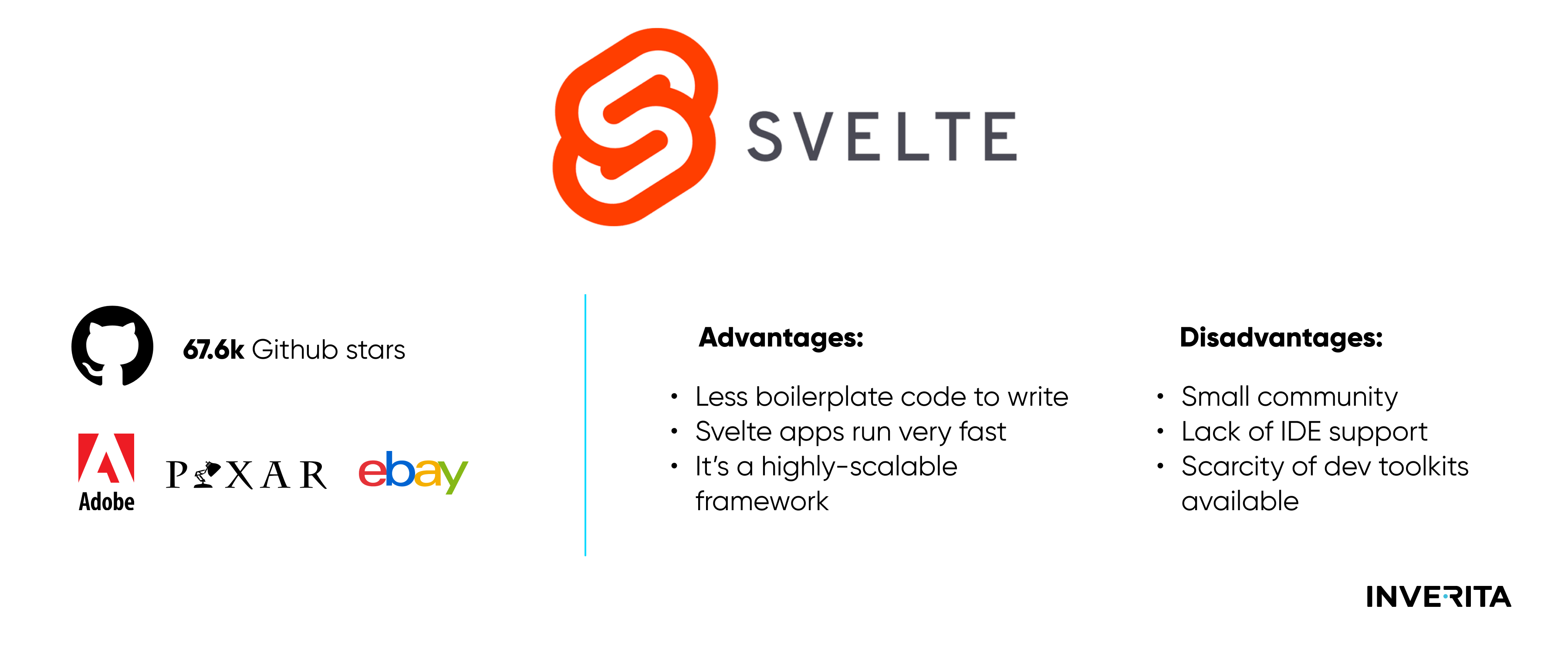
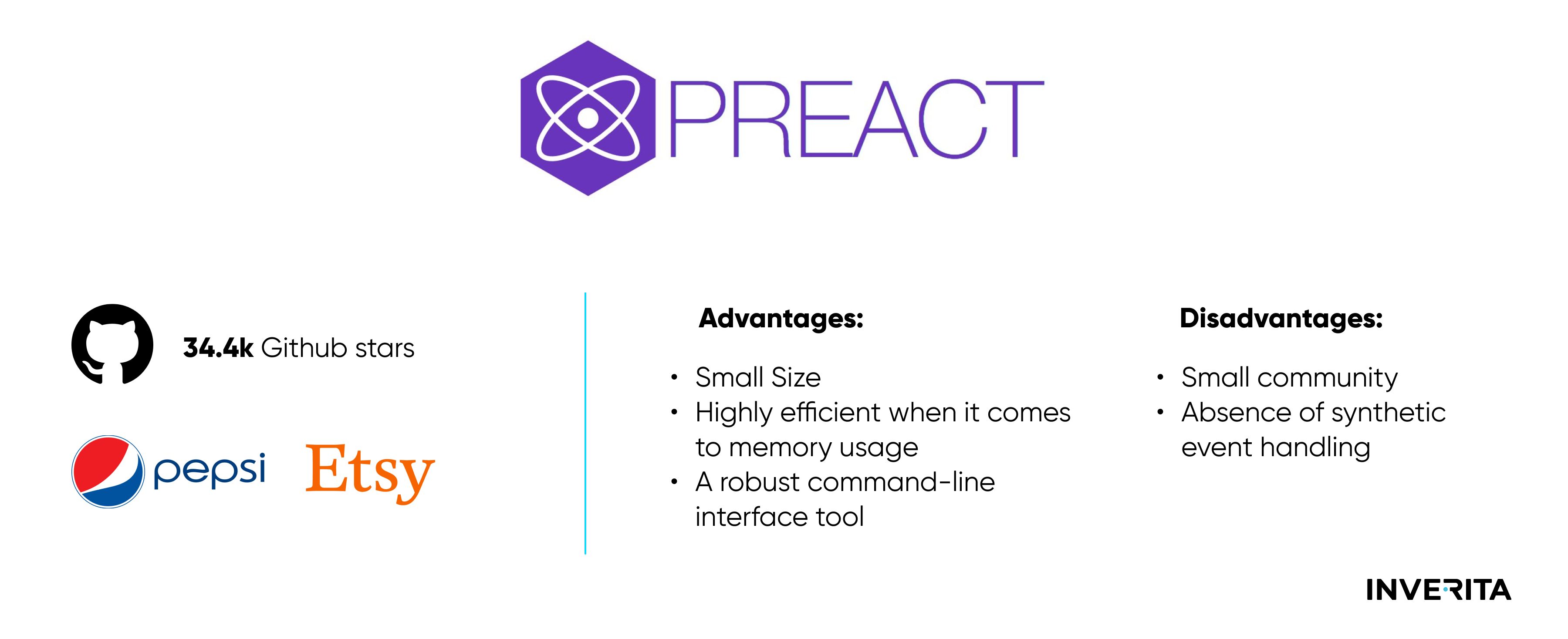
_1764586939-small.webp)
